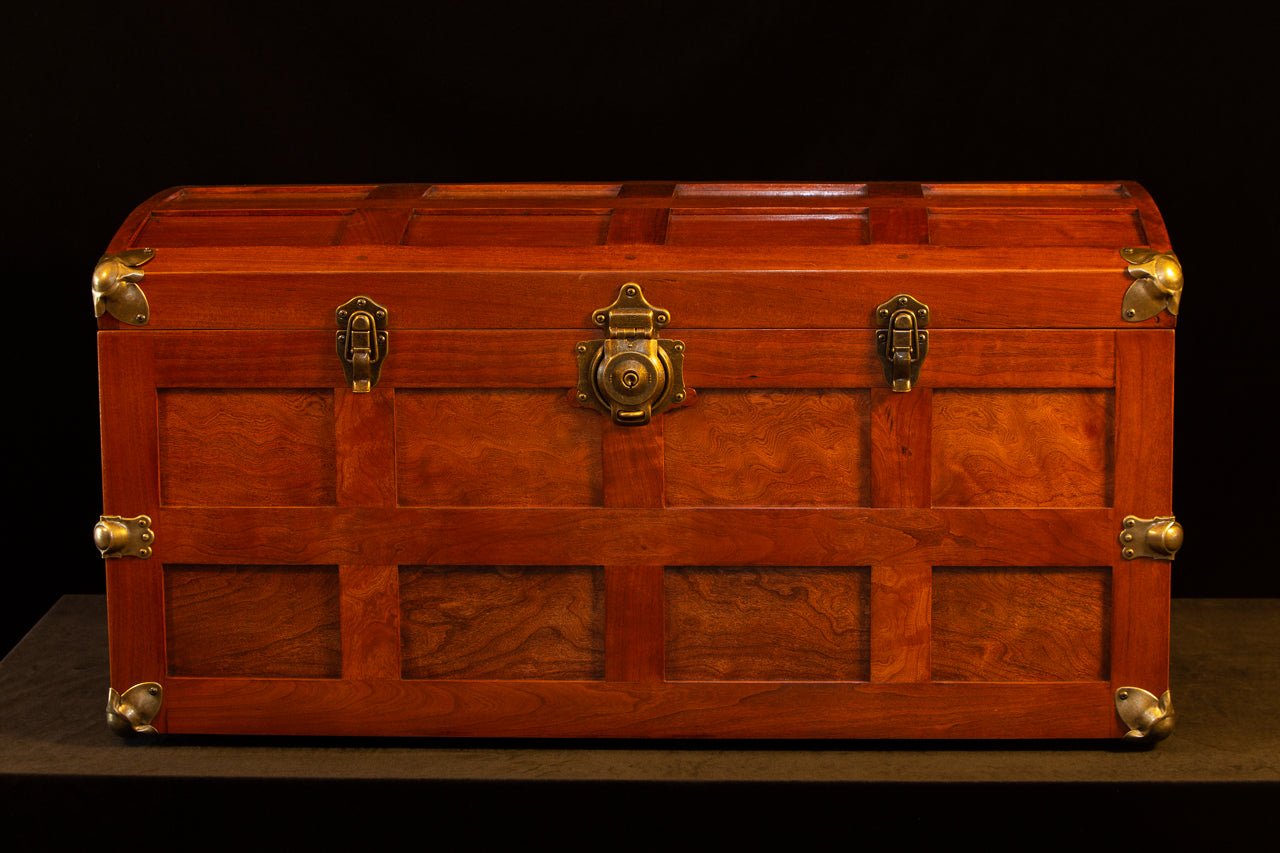

Articles
What Were Steamer Trunks Used For
Modified: September 1, 2024
Discover the fascinating history behind steamer trunks. Read articles on the various uses of these vintage travel accessories and their significance in the era of luxury travel.
(Many of the links in this article redirect to a specific reviewed product. Your purchase of these products through affiliate links helps to generate commission for Storables.com, at no extra cost. Learn more)
Introduction
Steamer trunks, with their elegant and timeless design, have a rich history and an undeniable charm. These sturdy and stylish luggage pieces were once an essential part of travel and storage. In this article, we will delve into the fascinating world of steamer trunks, exploring their history, design features, and the various uses they served.
Steamer trunks, also known as cabin trunks or wardrobe trunks, were popular during the late 19th and early 20th centuries. They were specifically designed to meet the needs of wealthy travelers who embarked on long voyages by steamship or train. These trunks were not only functional but also a status symbol, showcasing the owner’s wealth and sophistication.
The design of steamer trunks incorporated both style and practicality. They were typically made from durable materials such as wood or metal, with reinforced corners and bindings to withstand the rigors of travel. The exteriors were often covered in leather or canvas, which protected the contents from moisture and damage. The trunks were also fitted with sturdy handles and metal latches, ensuring that they could be easily carried or securely locked.
One of the most distinctive features of steamer trunks was their spacious interior layout. They typically featured multiple compartments and drawers, providing organization and ease of access to the traveler’s belongings. Some trunks even had built-in wardrobe sections with hangers and hooks, allowing travelers to store their clothes neatly and keep them wrinkle-free during transit.
Steamer trunks served a variety of purposes, making them incredibly versatile pieces of luggage. They were primarily used for travel and exploration, offering a convenient and organized way to transport personal belongings. With their sturdy construction, they were able to withstand the rough handling of multiple modes of transportation, including steamships, trains, and horse-drawn carriages.
In addition to travel, steamer trunks were also used for storage and organization. They provided an elegant solution for keeping personal items tidy and protected, whether that be in a bedroom, study, or dressing room. Their spacious interiors and multiple compartments made them ideal for storing clothing, linens, books, and other valuables.
Beyond their practical purposes, steamer trunks also played a role in the world of fashion and style. The designs varied from simple and utilitarian to ornate and decorative, reflecting the tastes and preferences of their owners. Trunks were often adorned with decorative features such as leather straps, brass fittings, and intricate monograms, adding to their aesthetic appeal.
Unfortunately, as travel methods evolved and suitcases became more practical and lightweight, the popularity of steamer trunks began to decline. Today, they are mostly seen as vintage collectibles or decorative pieces, cherished for their nostalgic charm and historical significance. However, their legacy lives on as a symbol of an era when travel was an elegant and grand affair, embodied by the timeless beauty of the steamer trunk.
Key Takeaways:
- Steamer trunks were not just luggage; they were symbols of elegance and refinement, serving as fashionable accessories and stylish storage solutions during the golden age of travel.
- While the popularity of steamer trunks declined with modernization, their enduring appeal as collectibles and decorative pieces continues to evoke nostalgia for a bygone era of sophisticated travel and timeless style.
Read more: Where To Buy Steamer Trunks
History of Steamer Trunks
The history of steamer trunks can be traced back to the 19th century, a time when long-distance travel by steamship or train was becoming increasingly popular. Prior to the advent of steamer trunks, travelers relied on various types of luggage, such as wooden chests or simple bags, which were not designed to withstand the rigors of travel and lacked organization. This led to the development of a more practical and stylish solution – the steamer trunk.
The early designs of steamer trunks were influenced by the need for durable and weather-resistant luggage. Trunk makers began incorporating structural features like reinforced corners and bindings to protect the trunk from damage during transportation. The exteriors were covered with materials such as canvas or leather, which provided protection against moisture and bumps.
As the popularity of steamship travel grew, so did the demand for trunks that could fit neatly into cabin spaces. Trunk makers responded by creating trunks of different sizes, taking into account the limited space available onboard. Cabin trunks, as they were known, were narrow and tall in comparison to previous trunk designs, allowing them to easily slot into the limited storage areas aboard steamships and trains.
During the 19th century, the manufacturing of steamer trunks boomed, with many trunk makers emerging in Europe and North America. These trunks were not solely practical; they quickly became a status symbol among the upper class. Wealthy travelers would have their trunks customized to reflect their individual taste and social standing. Ornate embellishments, decorative hardware, and monogrammed initials were common features that added a touch of luxury and personalization to these trunks.
By the turn of the 20th century, steamer trunks had become an essential travel accessory for the affluent. They were not only used for long-distance trips but also for shorter journeys or weekend getaways. With their sturdy construction and ample storage compartments, they allowed travelers to bring along a variety of items, from clothes and accessories to books and toiletries.
As the transportation industry continued to evolve, the demand for steamer trunks began to decline. The introduction of lightweight suitcases made from more modern materials, such as hard plastic or aluminum, became the preferred choice for travelers. These suitcases offered convenience and ease of use, as well as increased durability and maneuverability.
Today, steamer trunks are highly sought after by collectors and enthusiasts for their historical significance and aesthetic appeal. They hold a place in the nostalgia of a bygone era, when travel was a glamorous and stylish affair. Whether displayed in homes as decorative pieces or used for storage and organization, steamer trunks continue to be treasured for their craftsmanship, timeless design, and the stories they carry from a bygone era of travel.
Design and Features of Steamer Trunks
Steamer trunks were meticulously designed to meet the needs of travelers while maintaining a sense of elegance and style. These trunks were crafted with durability, practicality, and aesthetic appeal in mind, resulting in a unique combination of form and function.
One of the defining features of steamer trunks is their sturdy construction. They were typically made from materials like wood, often reinforced with metal bindings and corners to withstand the rigors of travel. The wood used varied from solid hardwoods like oak or mahogany to lighter options like pine. The choice of wood depended on factors such as strength, weight, and availability.
The exterior of steamer trunks was often covered in canvas or leather, which not only provided protection against moisture and bumps but also added a touch of sophistication. Leather trunks were particularly popular among the affluent due to their luxurious look and feel. Canvas trunks, on the other hand, offered durability and a more affordable option.
Another notable feature of steamer trunks was the multiple compartments and storage options they offered. The interior layout of a trunk included various compartments, drawers, and removable trays. These compartments allowed travelers to organize their belongings efficiently, ensuring that everything had its place and was easily accessible. Some trunks even had built-in wardrobe sections with hangers and hooks, providing a convenient storage solution for clothing during travel.
Many steamer trunks were equipped with sturdy handles, making them portable and easy to carry. The handles were strategically positioned to maintain balance and allow for comfortable lifting. Additionally, metal latches and locks were installed on the trunk’s exterior to secure the contents during travel. These locks often required a key to open, ensuring the safety and privacy of the traveler’s belongings.
As with any piece of luggage, steamer trunks were not limited to functionality alone. They also boasted intricate details and embellishments that added to their overall appeal. Brass or metal fittings, such as corner caps and decorative locks, were common features that enhanced the aesthetic value of the trunk. Monogrammed initials or family crests were often applied to the exterior of the trunks, adding a personal touch and representing the owner’s identity.
Overall, the design of steamer trunks embodied a balance between practicality and beauty. They were not only functional for travel and storage needs but also displayed a sense of elegance and sophistication. Today, these design elements continue to be celebrated, making steamer trunks highly sought after by collectors and adding a touch of vintage charm to modern interiors.
Uses of Steamer Trunks
Steamer trunks served a wide range of purposes and were used in various settings, making them incredibly versatile pieces of luggage. They were not only practical for travel but also found utility in storage, organization, and even fashion. Let’s explore some of the key uses of steamer trunks.
1. Travel and Exploration: One of the primary purposes of steamer trunks was to facilitate travel. They were designed to withstand the rigors of long-distance journeys by steamship or train. With their durable construction and secure locks, they ensured the safe transport of personal belongings, even in the face of rough handling. Steamer trunks accompanied travelers on grand adventures and provided a convenient and organized way to carry essential items.
2. Storage and Organization: Steamer trunks were not limited to travel use alone. They also served as a storage solution for homeowners. With their spacious interiors and various compartments or drawers, steamer trunks provided an elegant and organized way to store clothing, linens, books, and other valuable items. These trunks offered a stylish alternative to traditional storage options and added a touch of vintage charm to any space.
3. Fashion and Style: Steamer trunks were not only functional but also fashionable. The design and appearance of the trunks varied from simple and utilitarian to ornate and decorative, reflecting the style preferences of their owners. Many trunks were adorned with decorative features such as leather straps, brass fittings, and intricate monogrammed initials. These design elements not only enhanced the aesthetic appeal of the trunk but also showcased the owner’s refined taste and personal style.
4. Home Décor: In addition to their storage functionality, steamer trunks have become sought-after pieces of home décor. Vintage steamer trunks add a touch of nostalgia and character to any living space. They can be used as coffee tables, bedside tables, or statement pieces in a room. Some people even repurpose them as unique storage solutions or display cases for collectibles and memorabilia.
5. Collector’s Items: Steam trunks have become highly sought-after collectibles in recent years. Vintage enthusiasts and collectors appreciate the unique craftsmanship and historical significance of these trunks. Collectors look for trunks from specific eras, trunk makers, or trunks with unique design features. Owning a piece of history, such as a classic steamer trunk, allows collectors to connect with the past and preserve the legacy of travel and craftsmanship.
While the popularity of steamer trunks may have dwindled with the advent of modern suitcases, their history and uses continue to captivate the imaginations of people around the world. They remain a testament to a bygone era when travel was an elegant affair and luggage was not just functional but also a statement of style and sophistication.
Travel and Exploration
Steamer trunks played a vital role in the golden age of travel and exploration. During the late 19th and early 20th centuries, when steamships and trains became the primary modes of long-distance transportation, steamer trunks were essential companions for adventurers and globetrotters. These trunks provided a convenient and organized way to transport belongings, ensuring that travelers had everything they needed for their journeys.
One of the main advantages of steamer trunks was their durability. Made from sturdy materials like wood or metal, with reinforced corners and bindings, these trunks could withstand the rough handling associated with travel. Whether it was being loaded onto a steamship, loaded onto a train, or carried by porters, steamer trunks were built to survive the journey.
Steamer trunks also offered ample storage space. With their multiple compartments, drawers, and removable trays, travelers could neatly organize their clothing, accessories, and personal items. Dedicated wardrobe sections with hangers and hooks allowed for wrinkle-free storage of garments during transit. This level of organization ensured that travelers could easily find what they needed without rummaging through a disheveled suitcase.
Steamer trunks were especially popular for long voyages, such as those to exotic destinations or new territories. Explorers and adventurers relied on these trunks to carry essential supplies, equipment, and provisions. From safari expeditions in Africa to archaeological digs in far-flung regions, steamer trunks protected valuable belongings and kept provisions secure during arduous journeys.
For women traveling during this time, steamer trunks were indispensable. They provided a means to carry a variety of wardrobe options, from elegant gowns for formal events to practical attire for outdoor activities. The multiple compartments and wardrobe sections allowed women to keep their clothing organized and accessible throughout their travels.
Steamer trunks also played a significant role in the transportation of luxury goods and valuable items. Wealthy individuals, including aristocrats and entrepreneurs, used these trunks to transport their belongings, including precious jewelry, fine art, and delicate porcelain. The sturdiness and security of the trunks ensured that these valuable items arrived safely at their destination.
With their combination of durability, organization, and style, steamer trunks became a symbol of adventure and exploration. They represented the spirit of discovery and the excitement of embarking on a journey to unknown lands. Today, vintage steamer trunks continue to capture the imagination of travel enthusiasts and collectors who appreciate their historical significance and the romantic nostalgia they evoke.
Steamer trunks were used for storing and transporting clothing and personal belongings during travel by steamship or train in the 19th and early 20th centuries. They were designed to be durable and secure for long journeys.
Read more: How To Date An Antique Steamer Trunk
Storage and Organization
Steamer trunks were not only useful for travel but also served as elegant storage solutions. These versatile trunks provided a practical and organized way to store various items, adding a touch of vintage charm to any space. From clothing and linens to books and personal belongings, steamer trunks offered a stylish and functional storage option.
One of the standout features of steamer trunks was their spacious interior. The trunks were designed with multiple compartments, drawers, and removable trays, allowing for efficient organization. These compartments were ideal for categorizing and storing different types of items, making it easy to locate whatever was needed.
Clothing storage was one of the primary uses for steamer trunks. They provided an elegant solution for keeping garments neatly folded and protected from dust and damage. Some trunks even had built-in wardrobe sections, complete with hangers and hooks, mimicking a mini-closet. This feature allowed clothing to be hung and stored in an organized manner, preventing wrinkles and ensuring easy access while maintaining a sense of order.
Linens and bedding were also commonly stored in steamer trunks. The large compartments and drawers could accommodate items such as bed sheets, blankets, towels, and table linens. By storing linens in a trunk, homeowners could keep them organized and easily accessible, while also protecting them from dust and pests.
Books and personal belongings were another category of items stored in steamer trunks. The various compartments and drawers provided ample space to organize and protect valuable books, documents, and sentimental belongings. For collectors of rare books or precious memorabilia, steamer trunks offered an elegant and secure storage solution.
Many people also used steamer trunks to store seasonal items. Whether it was winter coats and boots or summer beach essentials, the large storage capacity of these trunks ensured that seasonal items could be kept in one place and easily retrieved when needed. This helped to free up space in closets and cabinets and maintain a clutter-free living environment.
In addition to their storage capabilities, steamer trunks also served as decorative pieces. Vintage trunks have a timeless appeal and can be integrated into a variety of decor styles. From rustic and eclectic to traditional and contemporary, these trunks add character and charm to any room. They can be used as coffee tables, display stands, or even as bedside tables with storage compartments.
The enduring popularity of steamer trunks as storage solutions is a testament to the timeless design and functionality they offer. Whether used for travel or everyday storage, these trunks continue to be treasured for their excellent craftsmanship, organization capacity, and the touch of nostalgia they bring to any space.
Fashion and Style
Steamer trunks were not just utilitarian objects; they were also symbols of fashion and style. These elegant luggage pieces were carefully crafted with attention to detail, reflecting the tastes and preferences of their owners. From the choice of materials to the decorative embellishments, steamer trunks were designed to make a statement and showcase the refined style of their owners.
One of the defining features of steamer trunks is their aesthetic appeal. They came in a variety of designs, ranging from simple and utilitarian to ornate and decorative. The exteriors of these trunks were often covered in luxurious leather or canvas, adding a touch of sophistication. Leather trunks, in particular, were highly sought after for their timeless elegance and durability.
Brass or metal fittings were another common feature of steamer trunks. These fittings included corner caps, latches, handles, and decorative locks. The use of brass fittings not only added to the visual appeal of the trunk but also enhanced the overall durability and functionality of the piece. These metal accents provided a striking contrast against the leather or canvas exterior, creating an eye-catching and luxurious look.
Many steamer trunks were personalized with monogrammed initials or family crests. These customizations added a personal touch and represented the identity of the trunk’s owner. Monogrammed initials were often engraved onto the leather exterior or brass fittings, showcasing the owner’s status and refinement. This level of personalization made each trunk unique and distinct, setting it apart as a reflection of the owner’s taste and individuality.
Steamer trunks were not just functional luggage; they were also considered fashionable accessories. Wealthy individuals, especially women, would have multiple trunks to match their outfits for different occasions. Trunks designed for women often featured softer colors and feminine details, while men’s trunks had a more rugged and understated appeal. The stylish designs and attention to detail made steamer trunks a coveted fashion accessory during the heyday of travel.
Furthermore, the iconic status of steamer trunks was not limited to their use during travel. These trunks became prominent pieces of home décor, symbolizing an era of glamour and sophistication. Vintage steamer trunks are often repurposed as unique furniture pieces or display cases in contemporary homes. Their distinctive design and historic charm continue to make a statement in interior design, adding a touch of nostalgia and personality to any space.
Today, steamer trunks have become highly sought-after collector’s items. They are admired not only for their functionality but also for their exquisite craftsmanship and timeless style. Vintage enthusiasts appreciate the beauty and heritage of these trunks and value the way they encapsulate a bygone era of elegance and refinement.
Whether as a fashionable travel companion or a stylish statement piece, steamer trunks remain icons of fashion and style. Their enduring popularity stands as a testament to the enduring allure of these timeless pieces of luggage.
Decline in Popularity
As the world of travel and luggage evolved, the popularity of steamer trunks began to wane. Several factors contributed to their decline, including changes in transportation methods, advancements in luggage design, and shifting societal preferences.
One of the main reasons for the decline in popularity was the emergence of lightweight and more practical suitcases. Modern suitcases made from materials such as hard plastic, aluminum, or durable nylon offered numerous advantages over the traditional steamer trunks. They were lighter, easier to maneuver, and featured features like wheels and telescoping handles, making them much more convenient for modern travel.
The rise of air travel in the mid-20th century also played a significant role in the decline of steamer trunks. Airline restrictions on weight and size meant that the spacious and bulky design of steamer trunks was no longer practical. Passengers needed to pack efficiently and maximize space in order to adhere to airline guidelines, leading to the popularity of compact and lightweight suitcases.
Additionally, changes in travel styles and destinations contributed to the diminished appeal of steamer trunks. With the advent of package holidays and organized tours, travelers no longer needed to pack and transport large quantities of their belongings. The rise of hotel chains and availability of amenities at destinations further reduced the need for extensive luggage, as travelers could rely on hotel storage and laundry services.
The changing societal landscape also impacted the popularity of steamer trunks. As modernization took hold, the grandeur and elegance associated with steamship and train travel diminished. The focus shifted towards speed and efficiency, placing less importance on the traditional aspects of glamorous travel. The new generation sought sleek and minimalist designs, favoring functionality over the ornate style of steamer trunks.
Despite their decline in popularity, steamer trunks have not disappeared entirely. They continue to hold a special place in the hearts of collectors, vintage enthusiasts, and those who appreciate the nostalgia and beauty of these classic pieces. Today, steamer trunks are often sought after as decorative items or collectibles, valued for their craftsmanship and historical significance.
While traditional steamer trunks may no longer be the preferred choice for modern travel, their legacy lives on. They serve as a reminder of a bygone era, when travel was a sophisticated and grand affair. The timeless charm and enduring appeal of steamer trunks ensure that they will always have a special place in the world of luggage and continue to captivate the imagination of those who appreciate their history and elegance.
Conclusion
Steamer trunks hold a significant place in history, embodying the elegance and sophistication of a bygone era of travel. These sturdy and stylish pieces of luggage served a multitude of purposes, from facilitating long journeys by steamship and train to providing fashionable and organized storage solutions.
Throughout their history, steamer trunks showcased impeccable craftsmanship and attention to detail. Made from durable materials such as wood or metal, with reinforced corners and bindings, these trunks were built to withstand the rigors of travel. The exteriors were adorned with leather or canvas, while brass fittings and monogrammed initials added an extra touch of luxury and personalization.
Steamer trunks were not only functional but also fashionable. They exuded a sense of style and sophistication, becoming symbols of elegance and refinement. Their versatile design allowed for efficient storage and organization, whether it was for clothing, linens, books, or personal belongings. Steamer trunks accompanied travelers on grand adventures and provided an elegant way to transport their essentials.
However, as transportation methods evolved, the popularity of steamer trunks began to decline. Lightweight and practical suitcases replaced the bulky and cumbersome trunks, catering to the needs of modern travelers. Changes in travel styles, advancements in luggage design, and shifting societal preferences further contributed to their diminished appeal.
Despite their decline, steamer trunks continue to captivate the imagination of collectors, vintage enthusiasts, and those who appreciate the beauty, nostalgia, and historical significance they represent. These cherished artifacts serve as reminders of a time when travel was approached with grandeur, grace, and careful attention to detail.
In conclusion, steamer trunks hold a unique place in our historical and cultural heritage. They embody a spirit of adventure, elegance, and timeless style. Whether displayed as decorative pieces or practical storage solutions, steamer trunks continue to evoke a sense of awe and wonder, transporting us back to an era of glamorous travel and refined aesthetics.
Frequently Asked Questions about What Were Steamer Trunks Used For
Was this page helpful?
At Storables.com, we guarantee accurate and reliable information. Our content, validated by Expert Board Contributors, is crafted following stringent Editorial Policies. We're committed to providing you with well-researched, expert-backed insights for all your informational needs.
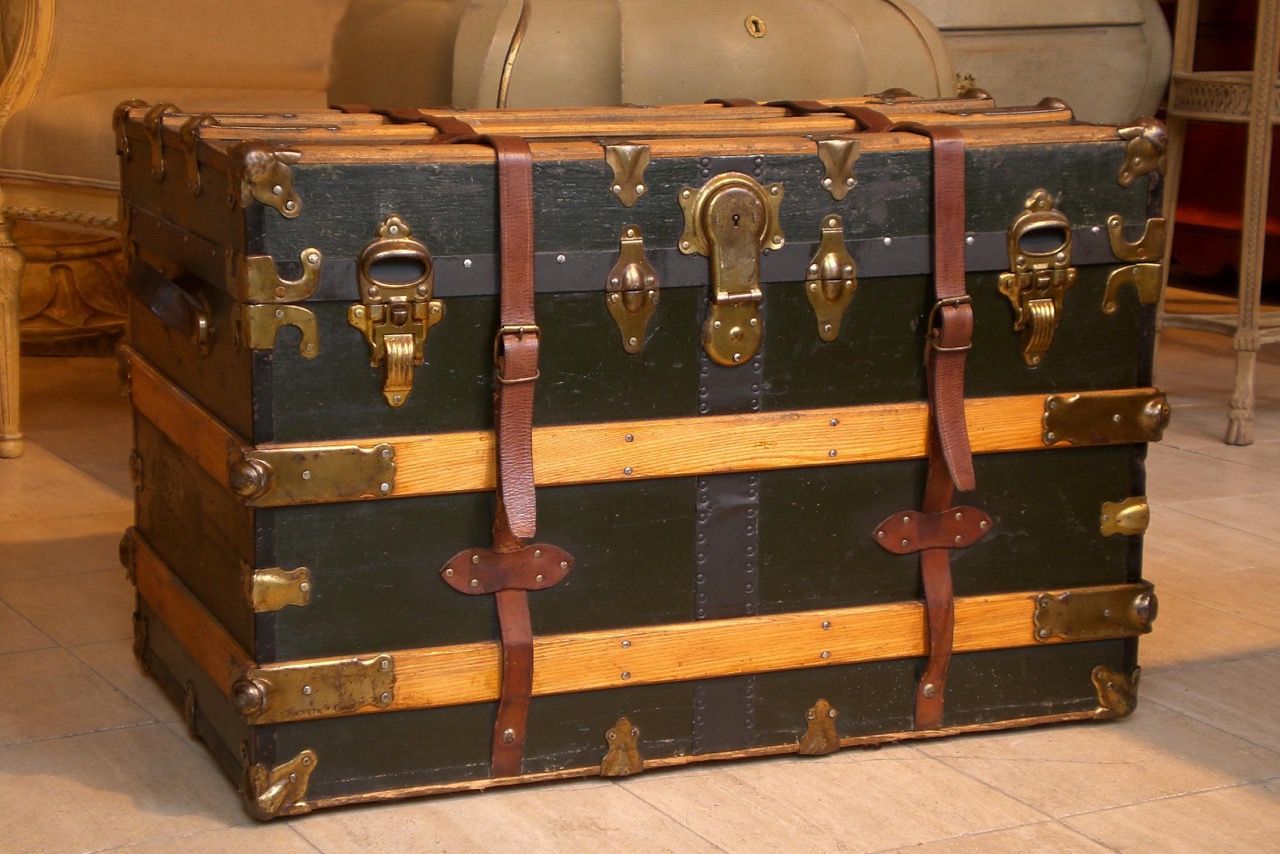

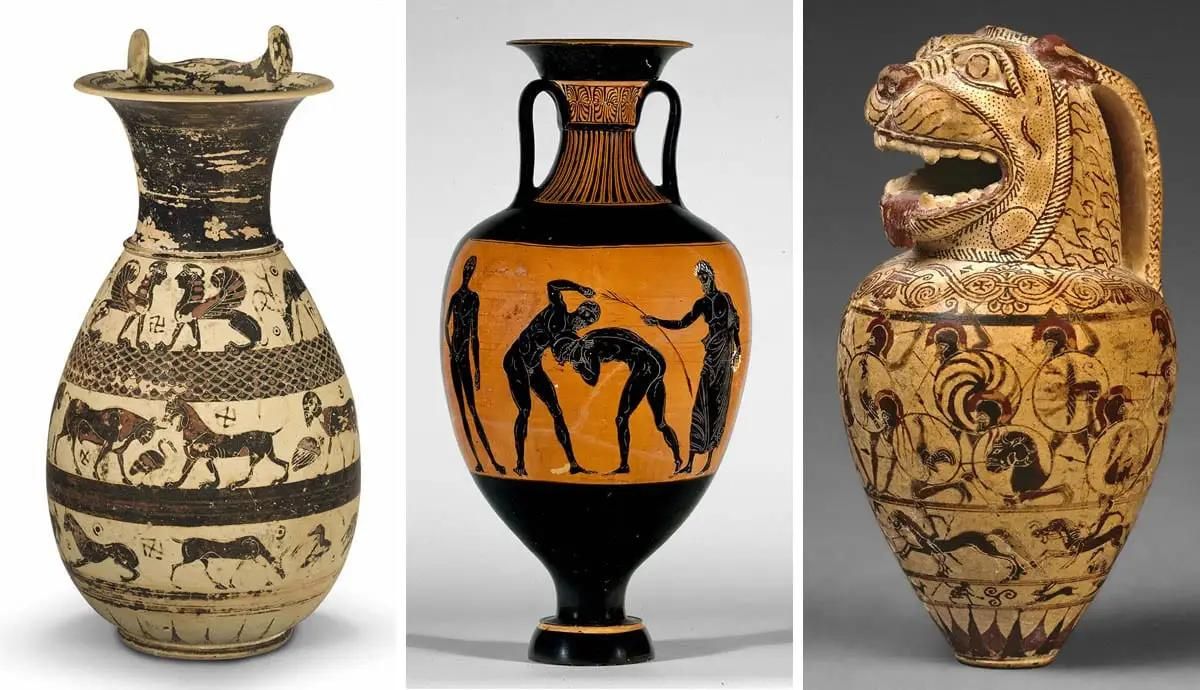
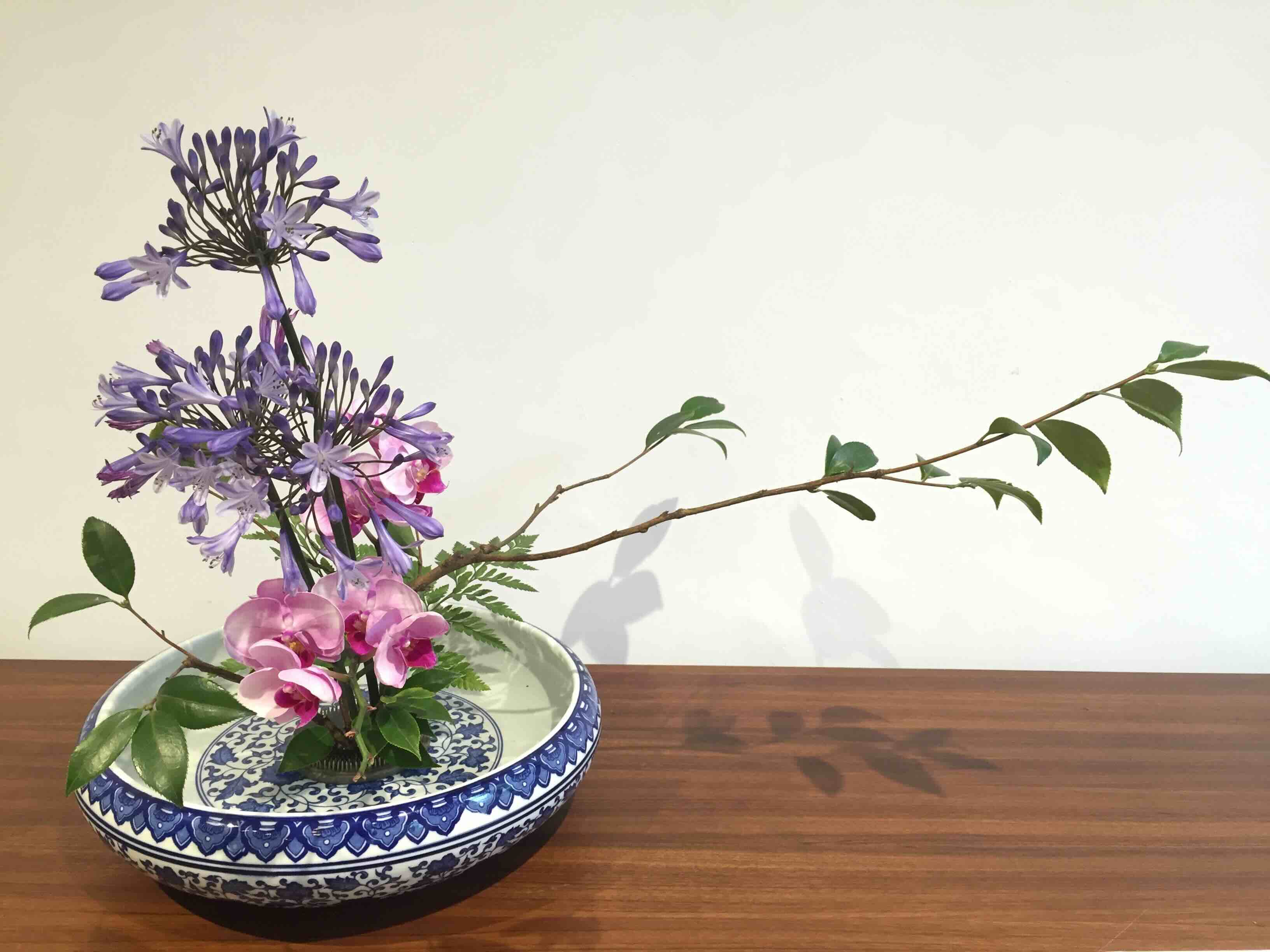


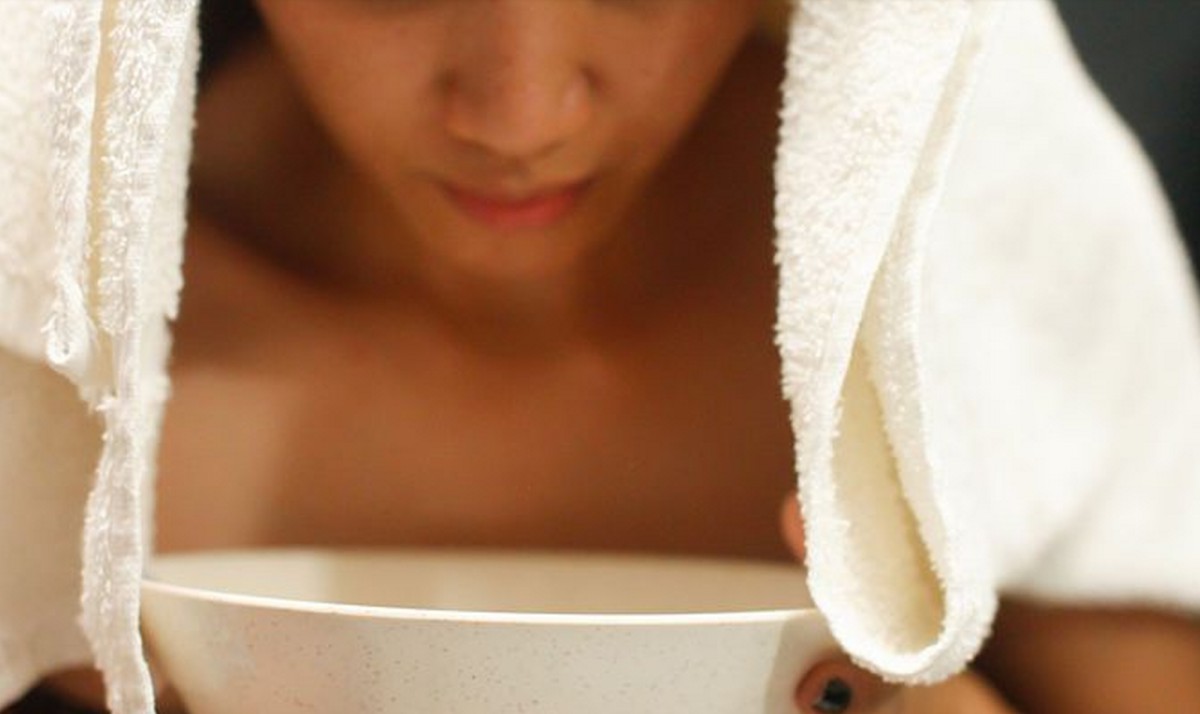


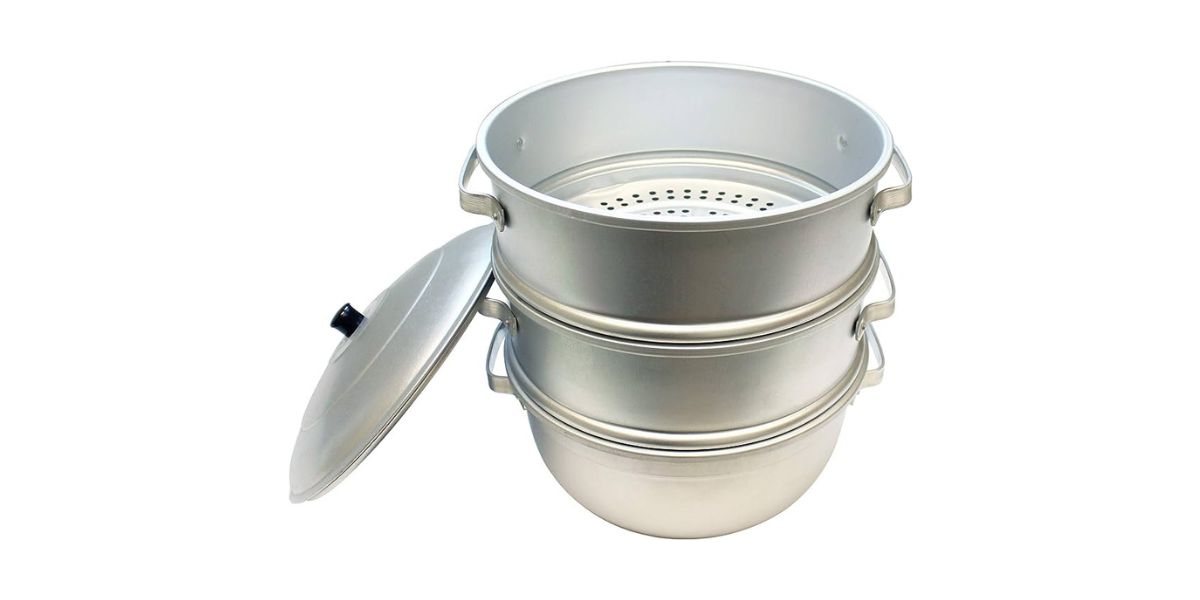


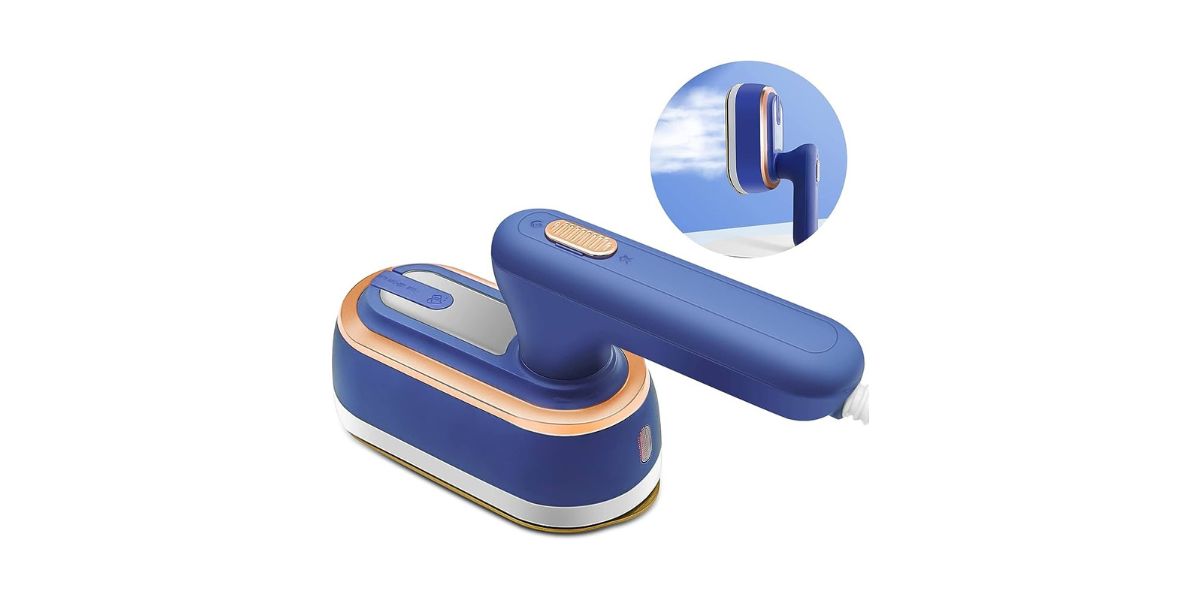
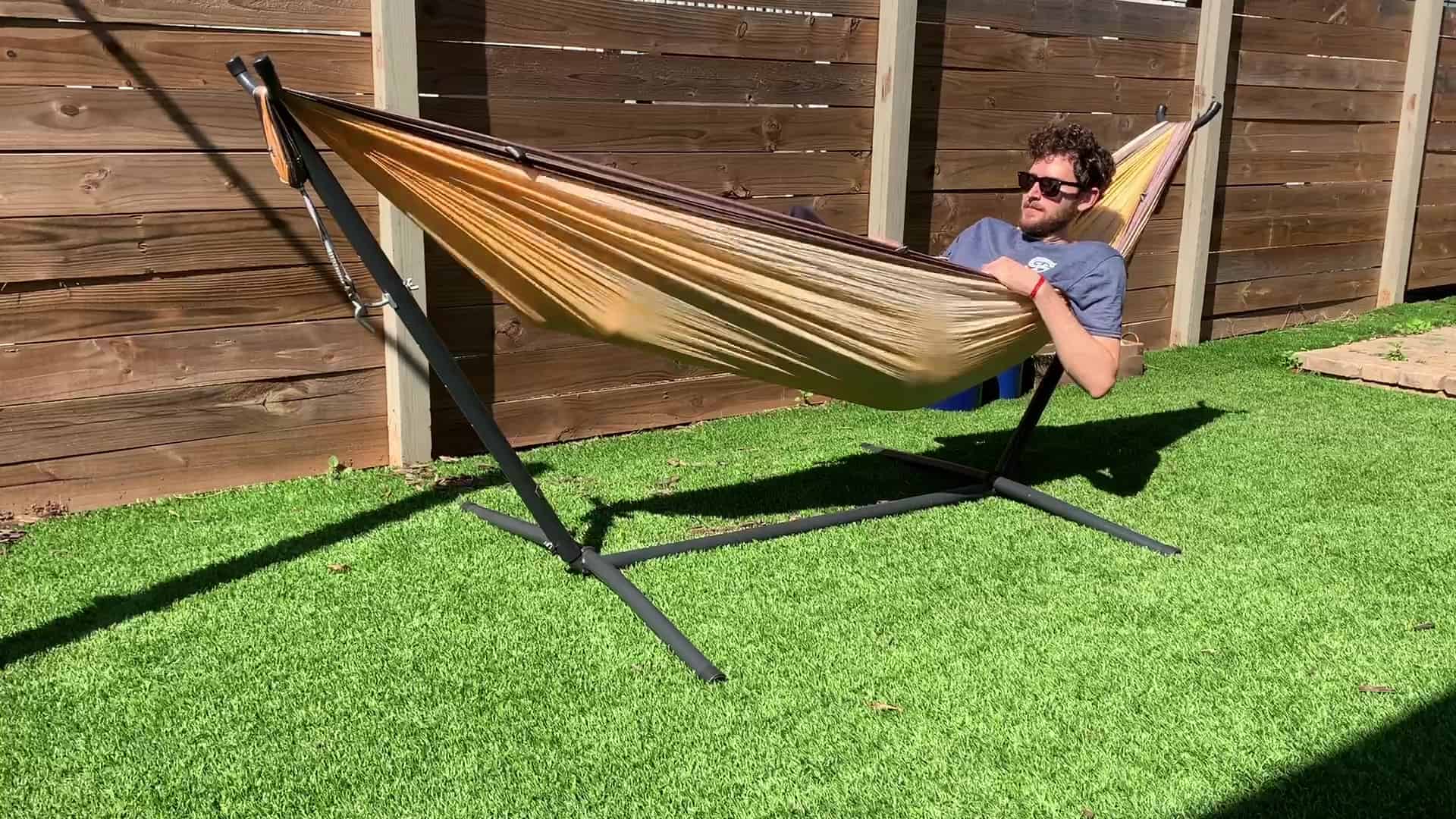

0 thoughts on “What Were Steamer Trunks Used For”